Welcome to Galicia, Spain – a place where Celtic enchantment intertwines with Christian beliefs, and where travelers walking the caminos can indulge in luxury accommodations, historic lodgings, and Michelin-starred dining. Join us as we delve into the charm and allure of this distinctive European destination.
Galicia: A Spanish Region Rich in Unique History
The sound of a bagpipe resonates in the archway leading to the Praza do Obradoiro, the largest square in Santiago de Compostela. This young piper symbolizes that although we are in Spain, we find ourselves in Galicia, the Celtic heart of the country.
The Celtic Heritage of Galicia
Galicia’s Celtic roots run deep. The region is home to 9,000 registered bagpipers playing the gaita, the Galician version of the bagpipe. Celtic influence is evident in the local place-names, hill fort structures resembling those in Ireland, and monumental stone dolmens that mark ancient burial sites. Traditional dances mirror the lively Irish step dancing, and local folklore, traditions, and superstitions resonate with those found in other Celtic nations.
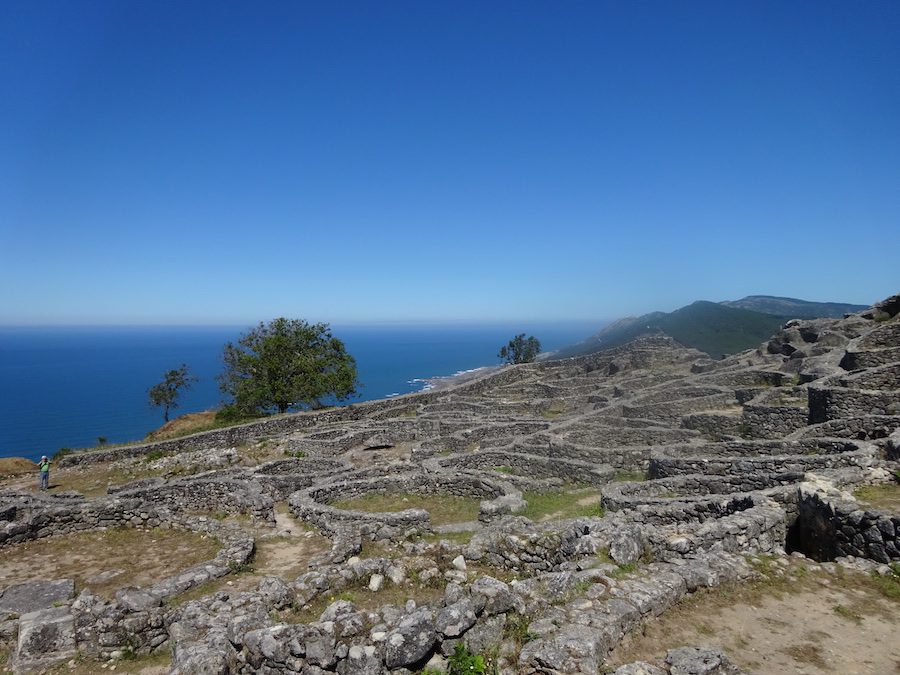
The Romans, who first conquered Galicia during the 1st and 2nd centuries, viewed the region’s superstitious inhabitants with caution. Today, Galicia continues to embrace its mystical heritage, with witches as a common theme in signs for everything from fine dining to bookstores. Local souvenir shops offer witch-themed magnets, dolls, and hollow figures into which wishes can be made. As Galician guide Ana Rodalvgo explains, “Galicia is known as Terra de Meigas, the Land of Witches. In our culture, witches are seen as healers who bring good luck.”
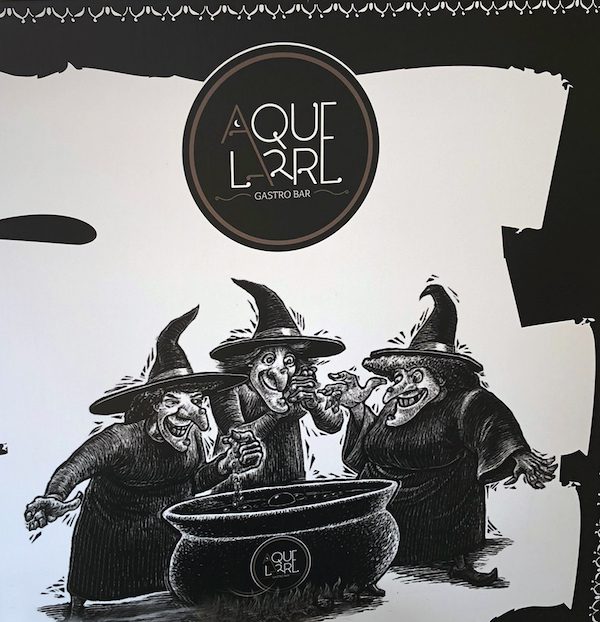
Much like the revered female healers found across various cultures, every family in Galicia has a cherished meiga whom they consult during times of illness or distress. She is often included in weddings and celebrations, where she prepares a traditional Galician punch known as queimada. This drink, made with Orujo (a local liqueur), coffee beans, cinnamon, and sugar, is set ablaze as she recites an incantation meant to ward off evil spirits and attract good fortune.
Even in Santiago de Compostela, the city devoted to St. James, one of Jesus’ apostles, public queimada ceremonies take place during Samhain (Halloween) and Noche de San Juan, known locally as Witches Night, which coincides with the summer solstice.
The Christian Influence in Galicia
While Celtic mythology remains strong, Galicia is also home to one of the highest concentrations of medieval churches and monasteries in Europe. The remarkable fusion of Celtic mysticism and Christian faith makes Santiago de Compostela an intriguing destination for the thousands of pilgrims who trek one of nine caminos to reach this sacred site.
Pilgrims on the Camino de Santiago
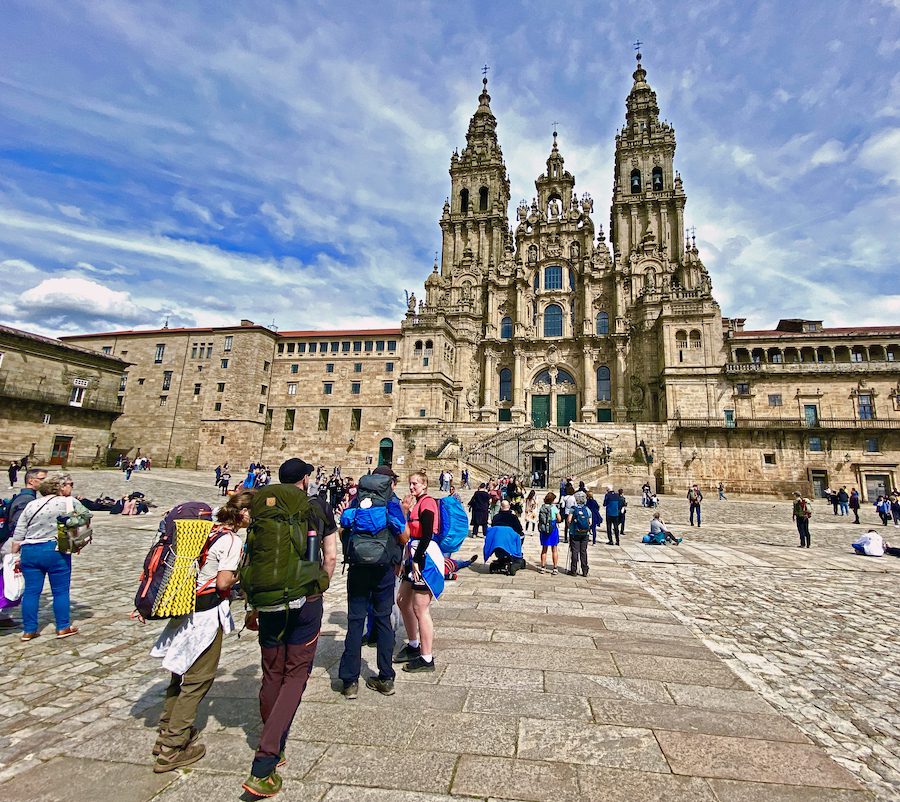
In 2022, over 437,000 pilgrims followed the scallop shell symbols along the nine routes of the Camino de Santiago, traversing hundreds of kilometers. Whether starting in France, Portugal, or within Spain, all paths lead to the grand Plaza, where the Archcathedral Basilica of Santiago de Compostela stands. It is believed to house the ornate silver chest containing St. James’s bones within the church.
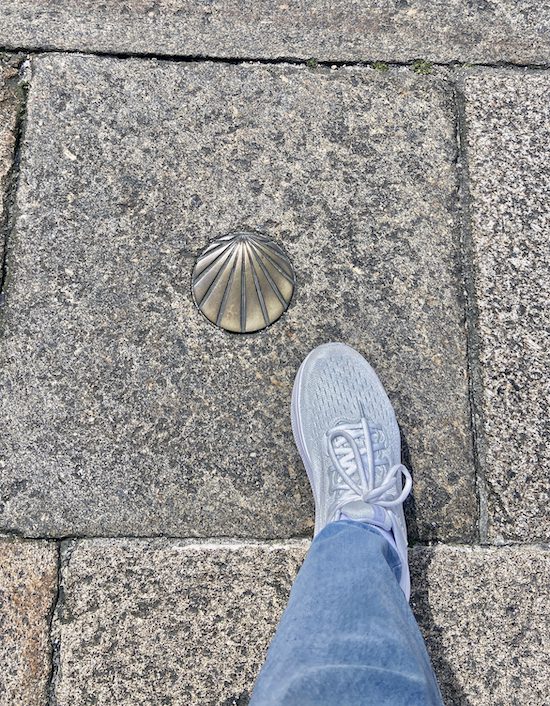
Jose Munera of Spain arrives with friends, using a walking stick and wearing a big smile. After weeks of walking, he reflects on the motivation behind this pilgrimage: “It was a spiritual journey,” he states simply. Even when asked about his religious beliefs, he replies, “Not at all. It’s not about religion.” He recounts a fellow pilgrim, an atheist, who attended daily mass before setting out on the day’s walk. “For him, too, it was a spiritual experience,” he adds with a grin.
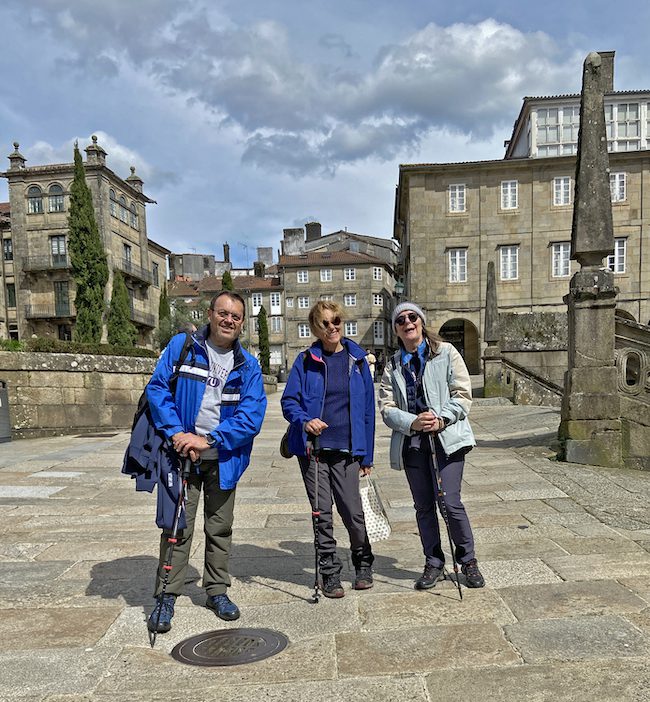
Although they walked the 790 kilometers of the camino from France, Canadians Peter and Carol Snell also proudly declare their lack of religious affiliation. Carol considers herself a lapsed Catholic, while Peter shares, “I simply enjoy walking. When you walk, you feel connected to the world. That’s a spiritual experience.” He mentions attending morning mass a few times and finding the service at Santiago de Compostela particularly moving.
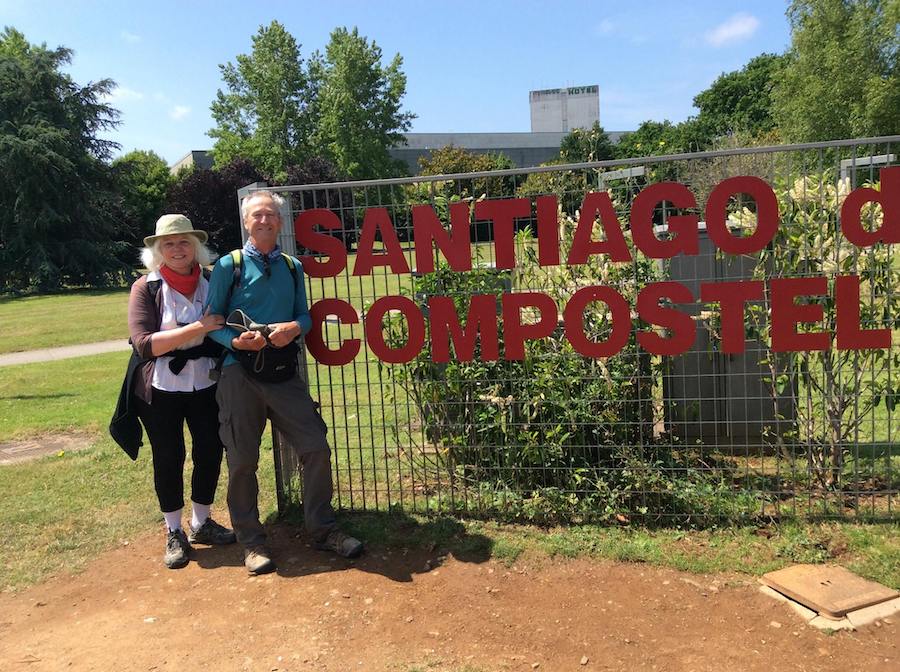
For both Snells, a highlight of their journey was the opportunity to meet diverse people from around the world. While staying at albergues (hostels for pilgrims), they often encountered familiar faces along the way. “If I were to sculpt a pilgrim, it would be a figure seated and examining their feet,” Carol laughs. “We all became a bit obsessed with our feet!”
In conversations with several walkers, none described their journey as a traditional pilgrimage rooted in faith. Jennifer Gregg and Julia Willsie from San Jose, California, recently completed the camino with five friends as part of a birthday celebration. “When we turned forty, we visited Machu Picchu, and for our fiftieth, we chose to walk the camino,” Jennifer shares.
From Monasteries to Luxury Hotels
To celebrate their achievement, the group has chosen to stay at the Hostal de los Reyes Catolicos, established in 1499 by Spanish monarchs Ferdinand and Isabella. This royal couple, who sponsored Columbus’ expeditions to the New World, sought to create a sanctuary for pilgrims arriving in Santiago de Compostela. Today, it stands as the world’s oldest continuously operating hotel and has been transformed into an elegant Parador, part of a unique network of 98 upscale hotels deftly preserving Spain’s rich heritage. Visitors can also book historic tours of the Hostal de los Reyes Catolicos.
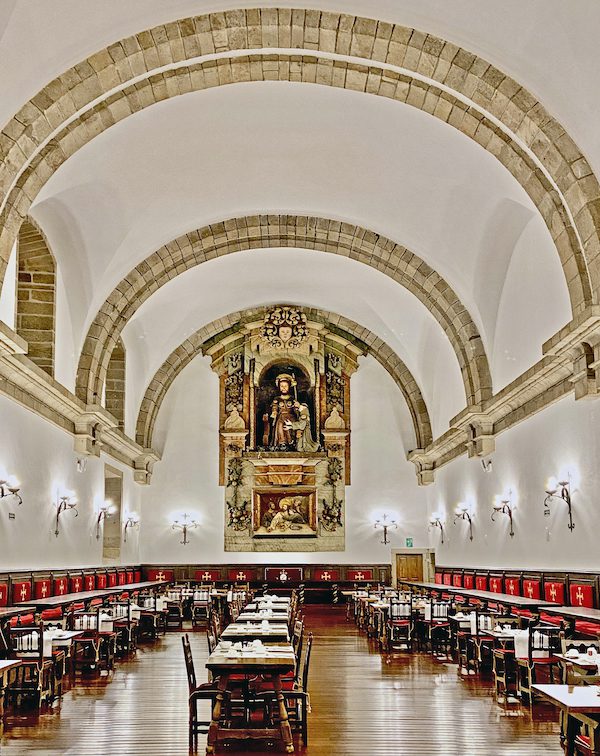
After enduring basic accommodations along the camino, it’s no wonder many pilgrims opt for the comforts of this property or the nearby San Francisco Hotel Monumento, a lavish refurbishment of an 800-year-old monastery. The image here depicts the grand breakfast room of the San Francisco Hotel Monumento.
After their grueling hikes with simple meals, travelers are eager for fine dining experiences at the end of their journey. Remarkably, Santiago de Compostela, with a population of less than 100,000, boasts 21 Michelin-starred restaurants, where chefs like Kike Pineiro at A Horta do Obradoiro serve delectable dishes.
Ribeira Sacra: Where Monasteries Meet Nature’s Cathedral
While Santiago de Compostela may mark the end of the camino for many pilgrims, Galicia offers a wealth of other experiences. To the south lies the Ribeira Sacra (Sacred Shore), a newly proposed UNESCO World Heritage Site, known for its exceptional number of well-preserved monasteries, many of which no longer host religious communities.
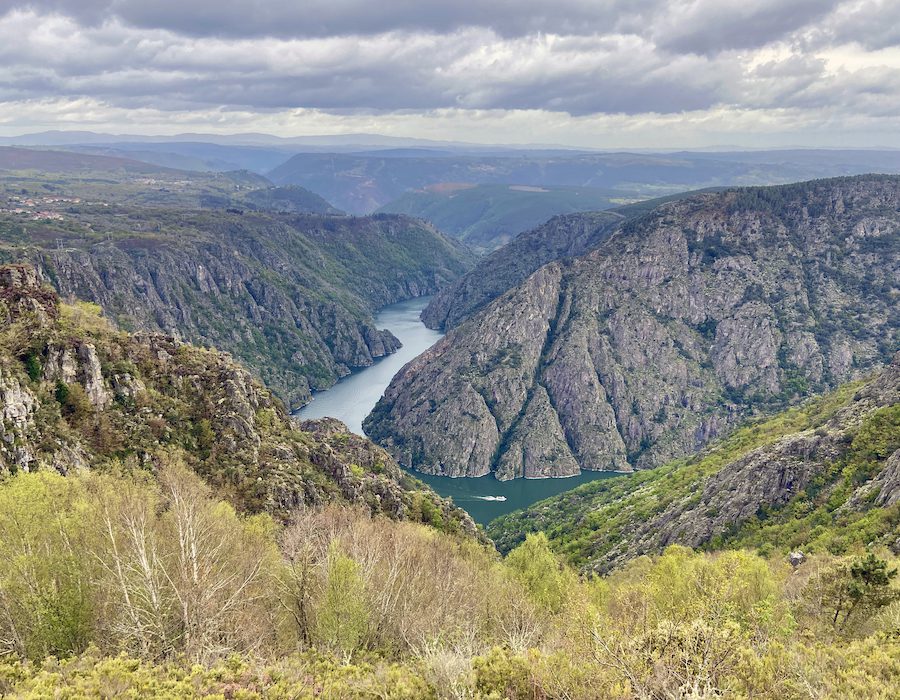
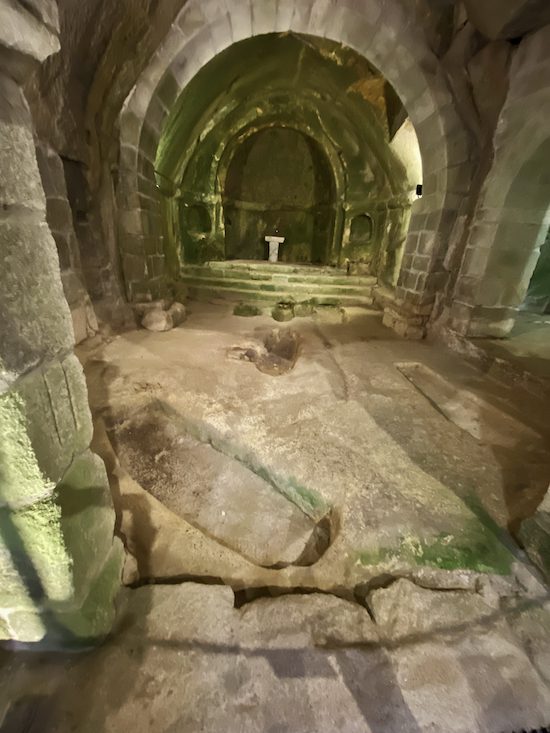
The San Pedro de Rocas monastery, located near Ourense, may date back to the 6th century, initially housing monks in caves carved into the mountainside. The site later expanded, culminating in a church built in the 12th century. The stone floor of the church contains graves, as do the eerie sarcophaguses carved directly into the surrounding rock. This serene setting allows the ancient structures to blend harmoniously with the stunning landscape.
The monastery complex features the Ribeira Sacra Interpretation Centre, which offers captivating insights into monastic life and the various trades essential to the community in this region.
A short drive away, the 10th-century Santo Estevo de Ribas de Sil Monastery now serves as a luxurious Parador. Once inhabited by Benedictine monks, guests can now enjoy modern comforts in rooms that were once the monks’ cells. The monastery’s stunning Romanesque, Gothic, and Renaissance architecture is meticulously preserved, providing a breathtaking view of the River Sil as it flows through the canyon below.
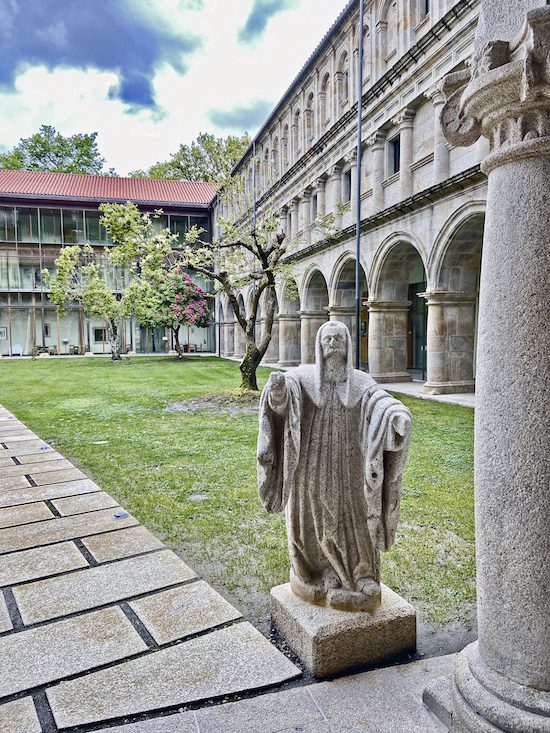
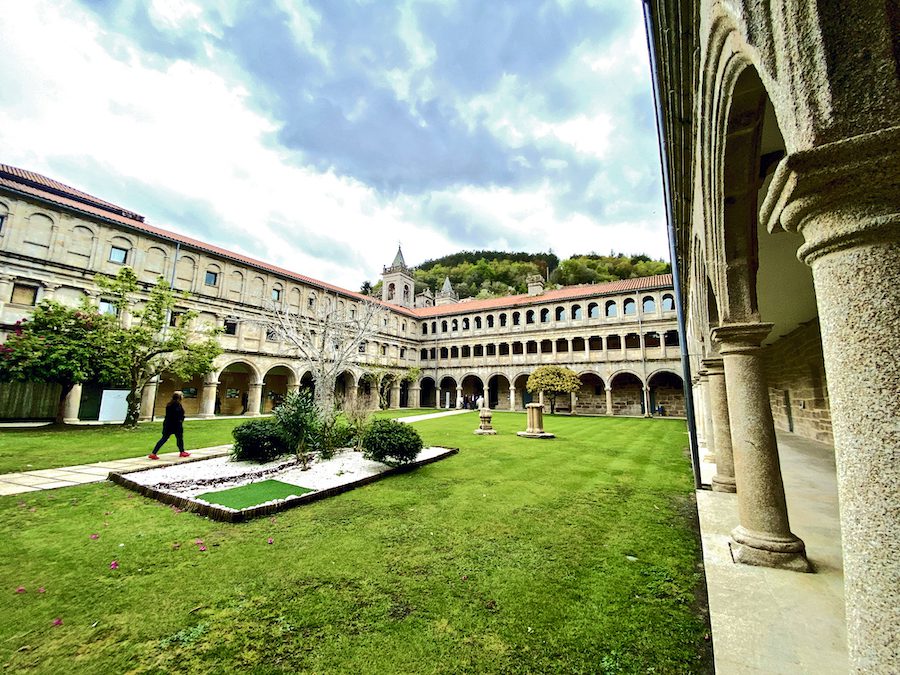
A boat trip along the River Sil’s deep gorges provides stunning vistas and further justifies a visit to this area. The Ribeira Sacra is also celebrated for its fine wines, including Mencía, Albariño, and Godello varietals cultivated on the steep river terraces. These distinctive vineyards, established by the Romans, received DENOMINACIÓN DE ORIGEN (DO) status in 1996. Local chefs, such as Michelin-starred Iñaki Bretal at Restaurante O Eirado in the historical city of Pontevedra, feature these exceptional wines in their dishes.
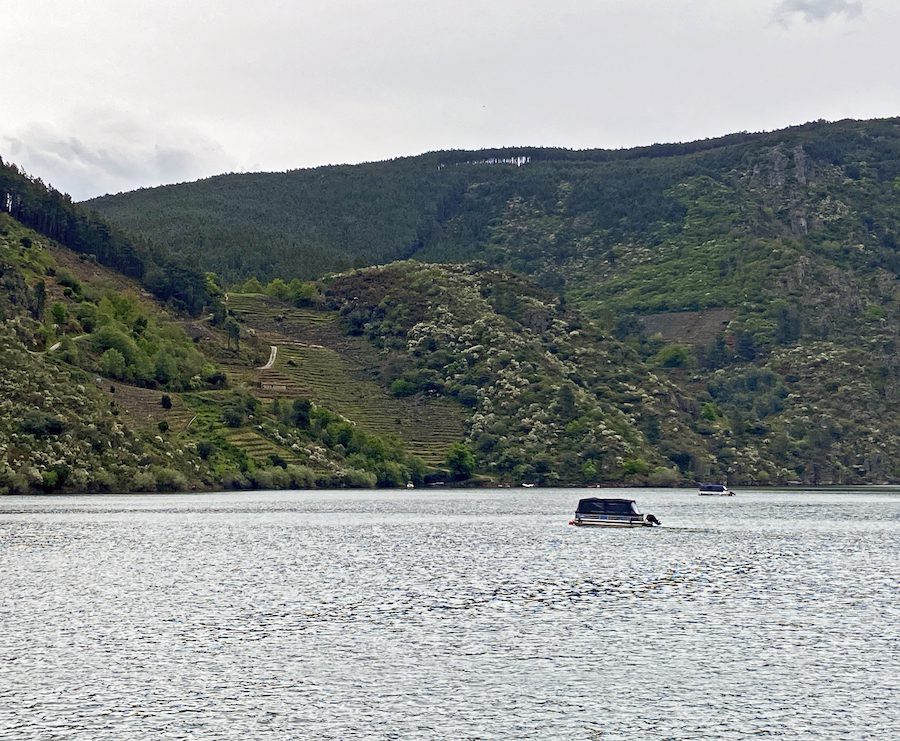
Columbus’ Return to Spain
Galicia also holds historical significance as the first destination to receive news of Columbus’s discovery of America. La Pinta was the only one of Columbus’s three ships to successfully navigate back to Spain, arriving on March 1, 1493, to share the groundbreaking news. Columbus himself landed in Portugal on March 4, 1493, before returning to Spain. Today, a replica of La Pinta honors this pivotal moment in history at the harbor in Baiona. Each year, the town celebrates the Festa da arribada (Arrival Fiesta) on March 1st, transforming its cobbled streets into a Renaissance celebration rich with ancient Galician traditions.
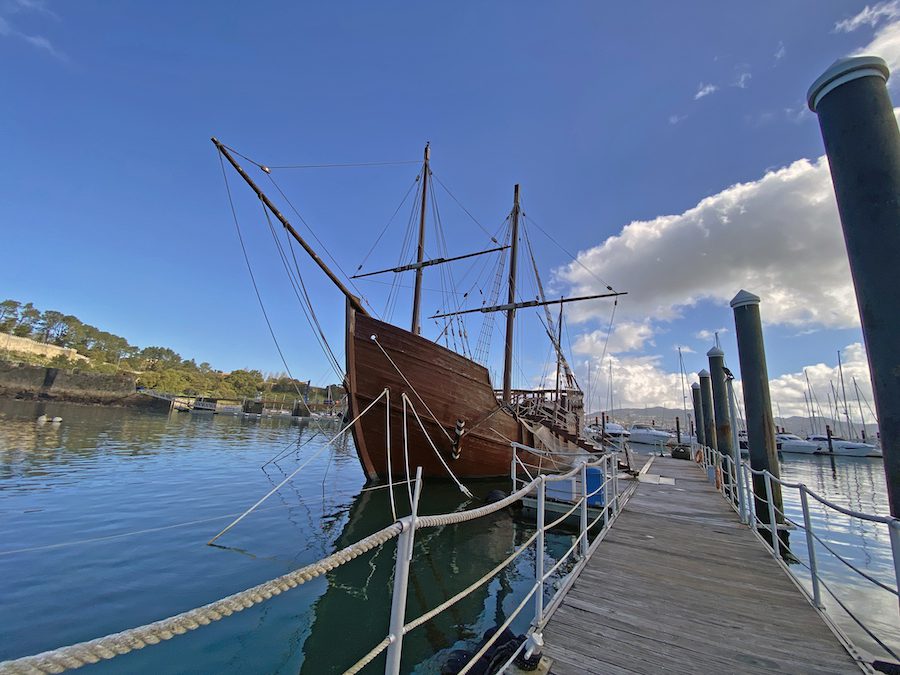
This enchanting region of Spain combines deep-rooted Christian devotion with rich Celtic mysticism. It’s not uncommon to find a whimsical sign featuring a witch just yards away from a traditional horreo—a granary adorned with a protective cross. Interestingly, early horreos had a cross on one side and a phallic symbol on the other, which over time has mostly been replaced by a pyramid symbol. Discovering such quirky elements adds to the intrigue of exploring Galicia. Furthermore, Galicia is renowned for its exquisite cuisine, tapping into the rich resources of the nearby ocean, making it a part of Spain that truly beckons for exploration.
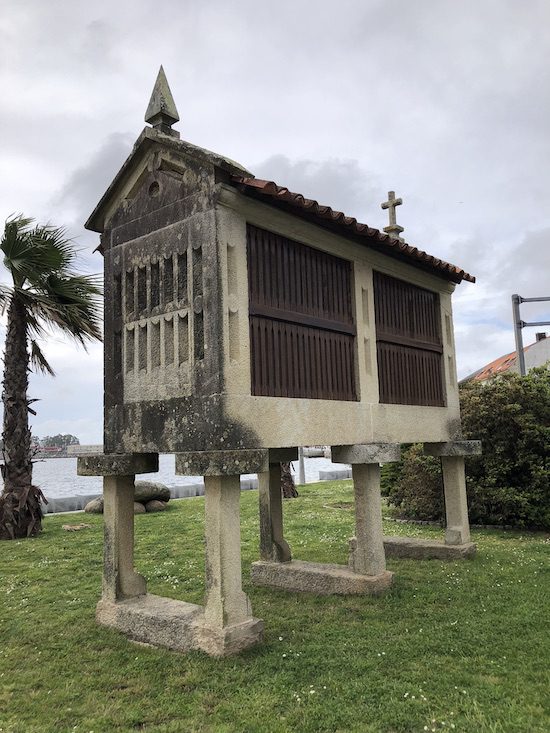
Galicia, Spain Accommodations Map
Are you planning a visit to Galicia, Spain? Check out this interactive map for various accommodation options available throughout the region.
Disclaimer: This post contains affiliate links. If you make a purchase after clicking on one of these links, we may receive a small commission at no extra charge to you. This commission helps support our writers in sharing their stories. We only link to experiences we have personally tried and recommend.



